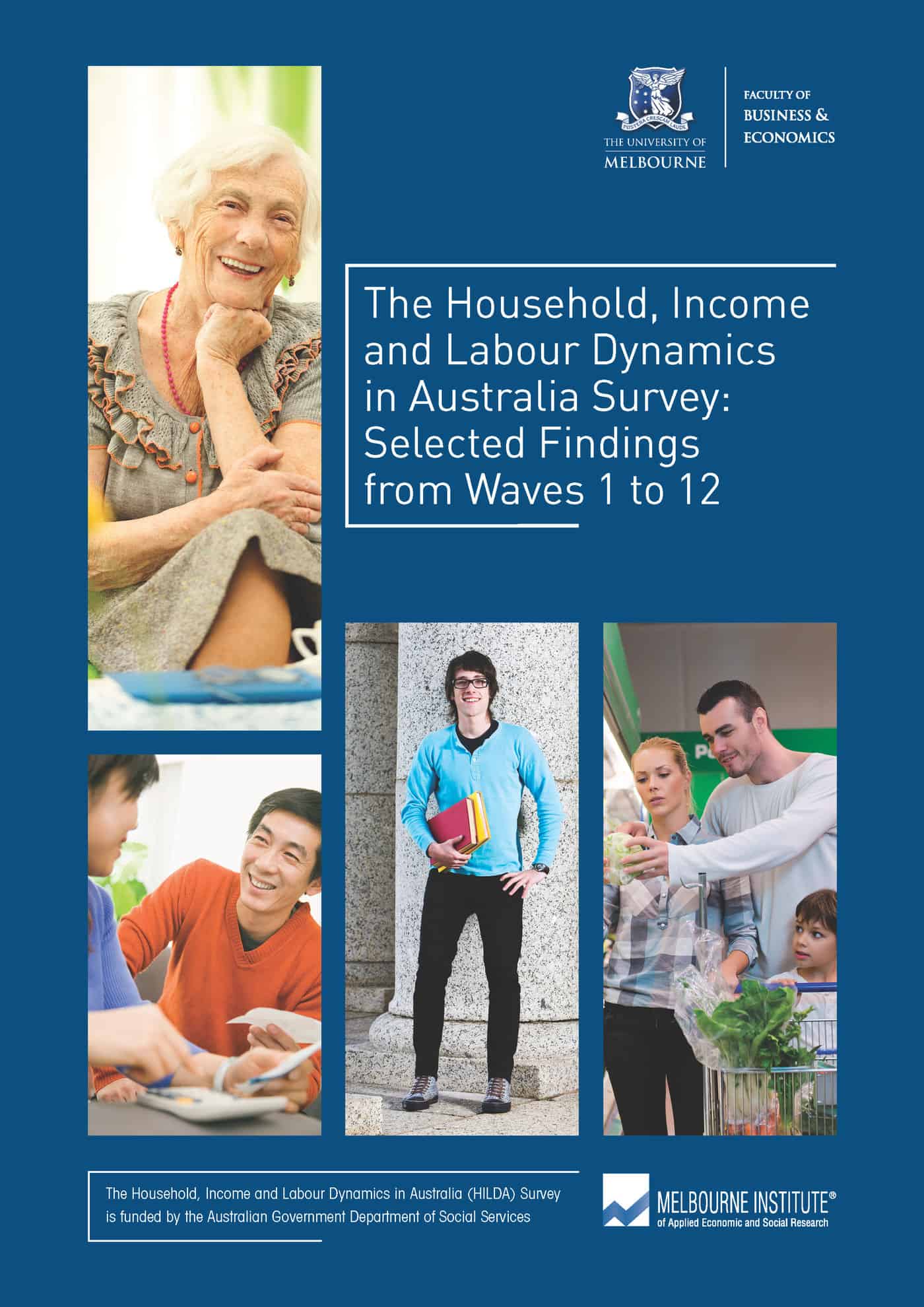 The Age newspaper’s front cover for 15 July 2015 was dominated by an article about happiness. The article is worth reading as it is built upon statistics from the long-term HILDA survey (Household, Income and Labour Dynamics in Australia) that is used by many Australian researchers but, significantly, HILDA makes no reference to happiness. Various elements in the article relate to the workplace and work activity generally but a couple are of direct relevance to occupational health and safety.
The Age newspaper’s front cover for 15 July 2015 was dominated by an article about happiness. The article is worth reading as it is built upon statistics from the long-term HILDA survey (Household, Income and Labour Dynamics in Australia) that is used by many Australian researchers but, significantly, HILDA makes no reference to happiness. Various elements in the article relate to the workplace and work activity generally but a couple are of direct relevance to occupational health and safety.
“4. Be a workaholic
Work-life balance is overrated, the survey suggests. In fact, the more people work the better their health is. Employees can work more than 51 hours in paid work and 81 hours of total work (that’s more than 11 hours a day) without any detrimental effect on their wellbeing, according to the report.”
The latter sentence in this quote will grab some headlines however, the HILDA report provides an important context to these figures. HILDA says
“Variables for hours of paid work and hours of total (paid and unpaid) work indicate work acts to improve general health, with no evidence that long hours of work (51 or more hours per week of paid work, and 81 or more hours of total work) are detrimental to health. However, even unemployment is associated with better health compared with non-participation in the labour force, suggesting other factors are driving the apparent relationship between labour force status and health.” (page 57)
The writer of The Age article, Aisha Dow, replaces “health” with “wellbeing”, terms that are not necessarily interchangeable. The fact that unemployment also has better health outcomes than non-participation is an important counterpoint to the long hours of work.
The statement that “the more people work the better their health is” needs much more clarification as the lack of evidence should not equate to positive benefits. The type of work being done, job quality and the organisational and workplace culture are important considerations.
Another element of happiness is supposedly this:
“14. Don’t be a labourer, machinery operator or driver
These jobs have the worst perceived job security, as these employees fear dismissal the most and are the least optimistic of picking up a new job.”
This element seems to come from the following HILDA information on page 48:
“Variables for occupation of employment …… show labourers, and machinery operators and drivers, have the lowest perceived job security and managers and sales workers have the highest perceived job security. Professionals and sales workers have the most confidence in being able to obtain another equally good job, while clerical and administrative workers have the least confidence.”
“…..seeks to provide longitudinal data on the lives of Australian residents. It annually collects information on a wide range of aspects of life in Australia, including household and family relationships, child care, employment, education, income, expenditure, health and wellbeing, attitudes and values on a variety of subjects, and various life events and experiences.” (page 4)

The other issue that doesn’t really get a look-in are whether workers employed in dangerous industries or in workplaces with many hazards are ‘happy’. The advice about living in quiet surroundings, for example, may lead one to suppose that if a person worked in a very noisy workplace, they might not be very happy….